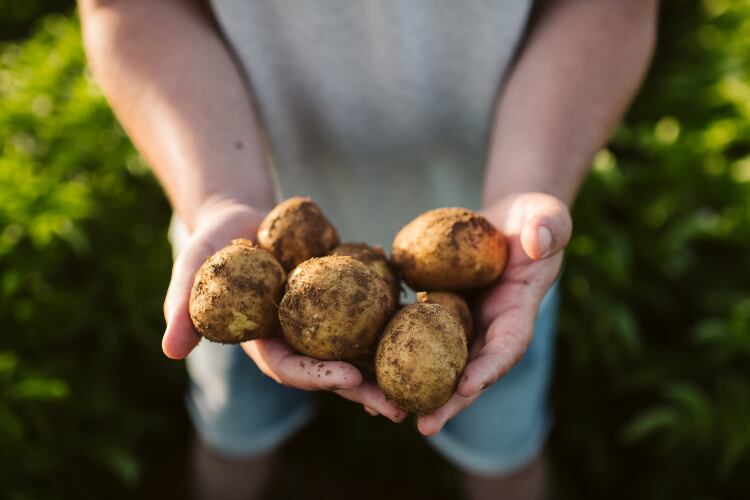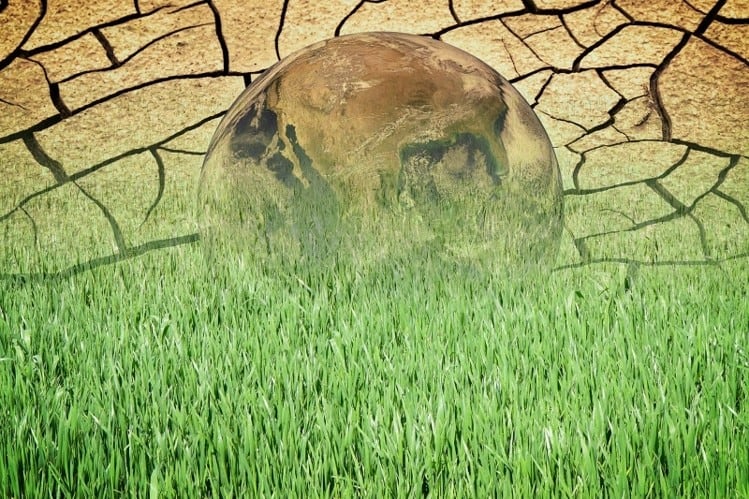When PepsiCo launched Pep+ in October 2021, the company said it wanted to ‘fundamentally change’ how it does business for the betterment of people and planet. From ingredient sourcing and production to supporting consumers make choices that are ‘better for themselves and the planet’, Pep+ outlined an ambitious agenda of business transformation.
Almost a year on, after the release of its 2021 ESG Summary, European Chief Sustainability Officer Katharina Stenholm reflected: “We are proud of the progress that we have made in 2021 and there is much more to do.”
The transition to regenerative agriculture
PepsiCo has set clearly defined targets on regenerative agriculture, which focuses on soil health for yield resilience and carbon sequestration. By 2030 the company wants to spur the transition to regenerative practices across land that is equivalent to its entire agricultural footprint, approximately seven million acres.
Progress is already being made. During 2021, the snacks-to-beverages giant supported the uptake of regenerative agriculture across more than 345,000 acres in the US and Canada. In Europe, PepsiCo aims to spread regenerative practices across 22,000 acres by 2022.
“We are making very good progress on PepsiCo’s European goal to hit 22,000 regenerative acres by the end of 2022. To measure our progress, we are undergoing extensive surveys and impact assessments across all programs and our key crops this year, and we are confident that we’re going to achieve our target,” Stenholm told FoodNavigator. “We have found that our suppliers are open to exploring and adopting regenerative agriculture practices. Regenerative agriculture is about improved soil health, watershed health and biodiversity. This improves crop yields, farm resilience and farmer livelihoods.”
Regenerative agriculture is associated with practices like cover cropping, crop rotations and low-to-no till, but there is no uniform definition and what practices are appropriate will differ depending on the landscape. So, how does PepsiCo define whether a farm is regenerative?
Stenholm explained PepsiCo is focused on output measurements, such as increased soil carbon, rather than prescriptive practices.
“The transition to regenerative agriculture takes place through the implementation of practices such as measuring soil carbon and using mixed rotations. Our tracking is based on output measures rather than input – for example, we are measuring improved soil health and water efficiency and tracking reduced carbon emissions,” she told us.
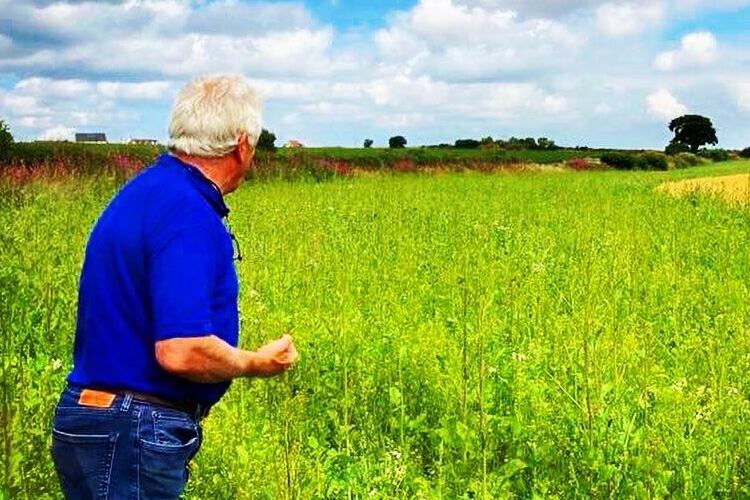
“For biodiversity, we are working to develop the correct measures. Exact impact definitions and metrics are still being built but we will start to track impact of these practices through modelling tools and direct farm measurements of things like soil organic matter.”
There are lots of overlaps between regenerative and organic practices and discussion is growing over the role chemical inputs should play in regenerative systems, particularly given the implications for biodiversity.
On the use of pesticides and synthetic fertilisers, Stenholm explained PepsiCo wants to bring down reliance but does not rule out their use. “Reducing chemical inputs is a key pillar of our regenerative agriculture framework. We are actively monitoring fertiliser and chemical usage to ensure we only use what is required.” This approach is in line with the view of many regenerative advocates, who believe the need for less chemical use will be a natural outcome of healthier soils, healthier plants and a more balanced ecosystem.
To measure and validate these developments, PepsiCo is leveraging ag tech platforms like iCrop and Cool Farm Tool. “We can actually see what is happening across all our fields. We are supporting farmers to manage and plan the best way to grow their crops and to ensure that they truly capture the practices and impacts taking place in their fields. This primary data is absolutely critical,” the sustainability expert stressed.
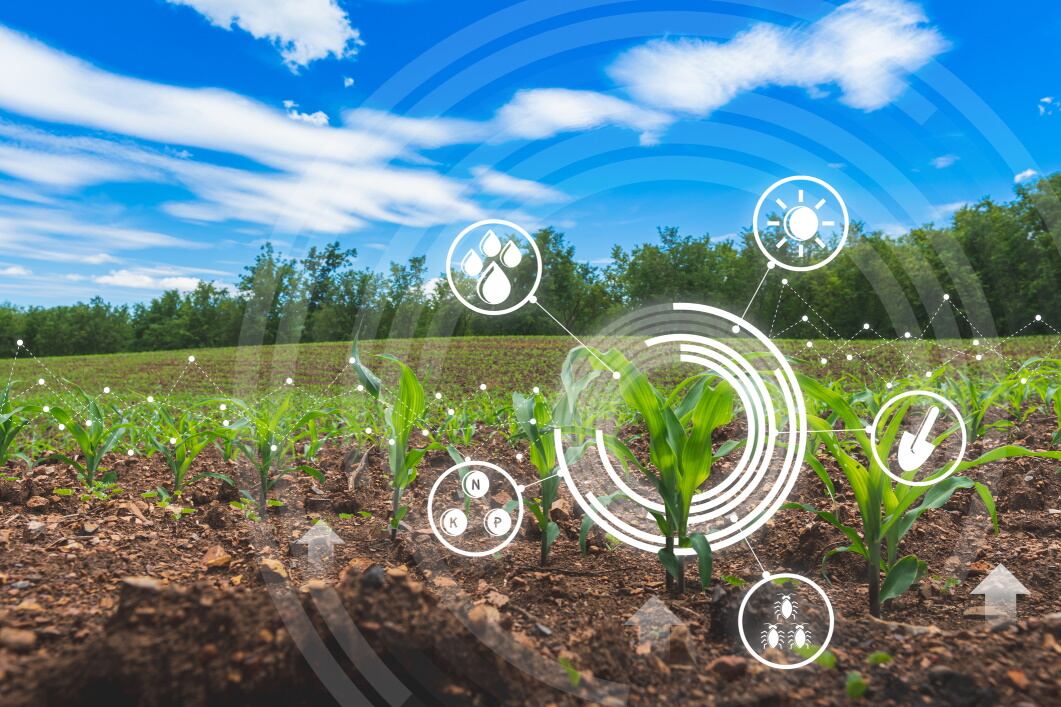
Of course, transitioning to regenerative ag is reliant on the onboarding of PepsiCo’s supply base. And here Stenholm highlighted the ‘utmost importance’ of collaboration. “Tapping into their experience, whilst leveraging technical and digital data capabilities, is critical to our success,” she said, pointing to the support PepsiCo has given farm pilots in Greece and Turkey. “This support encourages our farmers to adopt regenerative practices longer term.”
Farming livelihoods and inclusion
PepsiCo hopes that the uptake of regenerative ag can play a role in securing the future of farming communities and farmer incomes.
Discussing the trials PepsiCo’s European supply base face, Stenholm explained: “A crucial challenge we are facing that threatens farmers livelihoods is crop resilience, as a result of climate change. Hot spots are also an impact of high temperatures on farm labourers in countries such as Turkey, where crops are suffering due to high temperatures.
“Our work and the transition to regenerative agriculture is becoming increasingly crucial for the planet as it can increase the resilience of our farms in the face of climate change and improve farm performance.”
While in the long-term, regenerative agriculture can help boost resilience, PepsiCo is also cognisant of the need to mitigate the impact of climate change in the short term. For instance, we were told: “In Turkey, we provide shade, toilets and water for temporary potato harvest workers, and we are always looking at how to improve in-field conditions further in light of rising temperatures.”
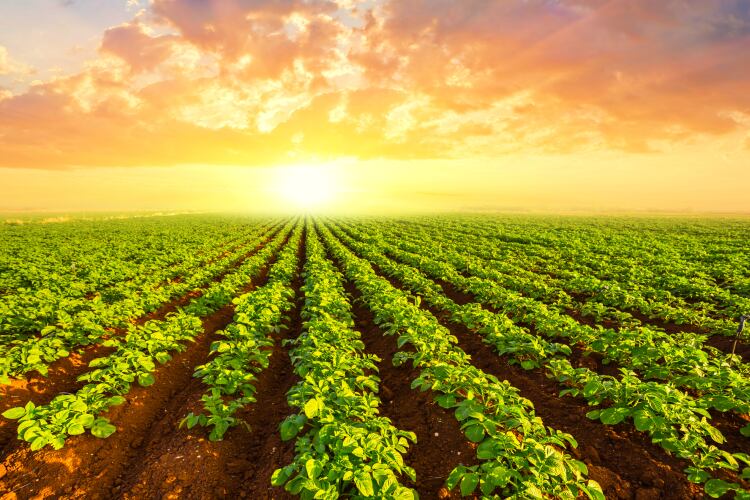
The multinational F&B giant has also taken stop-gap measures to support its farmers at a time when their profitability is facing an unprecedented squeeze due to spiking costs of inputs like fuel and fertiliser.
“We have agreed exceptional measures with our farmers to support them through high fuel and fertilizer costs. In doing so, we are able to provide more encouragement to farmers to reduce application rates and consolidate operations to reduce the number of tractor passes through the field,” Stenholm detailed. “What’s most important is that we think about regenerative agriculture and sustainable farming holistically, taking into account the entire value chain and ensuring the resilience of the farms in our value chain.”
Other initiatives to support rural communities – and female farmers in particular – include a new partnership with Fademur (Federation of Rural Women's Associations), which strives to achieve equality and progress for women who live and work in rural parts of Spain. “We have an opportunity to support our full value chain, which includes doing all that we can to help all of our partners and suppliers earn a living wage,” PepsiCo’s sustainability chief stressed.
Cutting PepsiCo’s carbon and water footprint
In its 2021 ESG update, PepsiCo reported a 25% reduction in scope 1 and 2 emissions from a 2015 baseline. The transition towards renewable energy sources has played a key role and today more than 70% of the company’s global electricity needs in direct operations are met by renewables.
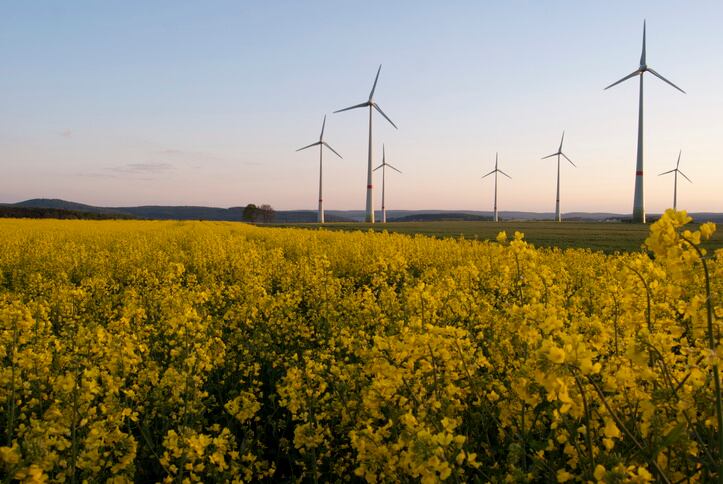
Stenholm said PepsiCo is ‘proud’ of this progress, but acknowledged that much more needs to be done to address the company’s production footprint. “The urgency and scale of the climate emergency means that we have to maintain and accelerate progress,” we heard.
In particular, scope 3 emissions that are generated within the supply chain rather than direct operations are a massive challenge. In fact, scope 3 emissions have increased by 5% from that 2015 baseline, driven by ‘unprecedented’ business growth. “Scope 3 represents about 93% of our total emissions in Europe, so we are now putting a huge emphasis on engaging suppliers and driving the energy transition across our supply chains. We are also looking at how the design and composition of our product portfolio can be optimised to reduce emissions across their value chains,” Stenholm explained.
PepsiCo has set itself the aim of reaching net zero emissions by 2040. If scope 3 emissions are up from 2015 levels, is this still achievable? “We are not yet where we need to be,” the sustainability expert conceded. “We have achieved big GHG reductions on a per unit basis, but we need to decarbonise further across the value chain to ultimately decouple our business growth from GHG emissions.”
Nevertheless, she sees ‘encouraging signs’. “The growth of renewable electricity, the shift to regenerative agriculture, the embracing of circularity and the amount of time and money going into low carbon innovations are all helping to create the conditions in which accelerated progress becomes possible.”
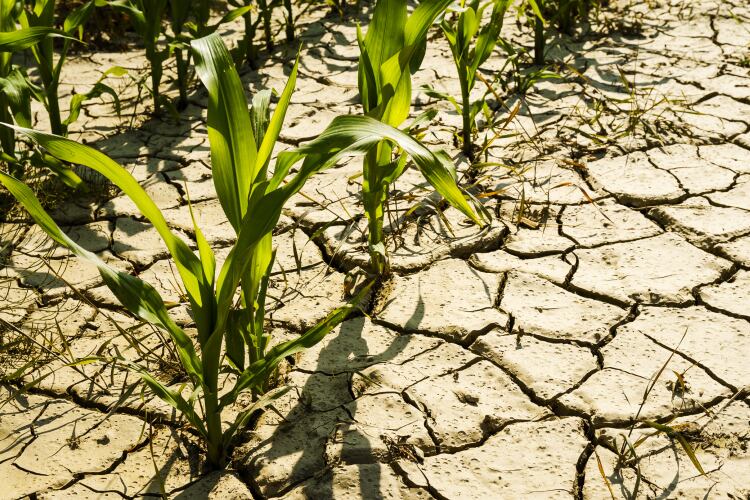
As this year’s droughts have clearly demonstrated, water stewardship is another pressing environmental concern – and an area that PepsiCo wants to make continued progress in. The company has improved operational water-use efficiency by 18% in high water-risk areas from a 2015 baseline. The group is working to a target of 25% by 2025. PepsiCo also replenished 34% of water used in operations to local watersheds in 2021.
PepsiCo intends to accelerate change. “We expect that future water dependency in our company-owned and third-party manufacturing operations will change with improvements in both operational and agricultural water-use efficiency and water availability. With that in mind, and given the risks facing good quality fresh water, PepsiCo aims to replenish more than 100% of the water we draw for our operations and 100% of the water we use in third-party manufacturing facilities in high-risk watersheds by 2030. In other words, we aim to put back more water than we take from local watersheds.
“To do so, we’re working with partners to deploy a range of initiatives that restore the health of high-risk watersheds. Each watershed is unique, and it is important that replenishment projects are informed by the local conditions within the areas that we source from. An understanding of the unique challenges and risks of the watershed helps to inform which tactics will be the most impactful. The most common types of projects are those that conserve and restore land, increase water supply reliability, improve water quality, and/or restore aquatic habitats.”
Progress on plastics
Plastics are another priority for PepsiCo’s sustainable innovation efforts.
The Mountain Dew-to-Pepsi Max manufacture said ten ‘key’ European markets will use 100% rPET by the end of this year, contributing to 87% of PepsiCo-owned drinks portfolio in the European Union being made using 100% recycled or renewable plastic. Moving to rPET bottles is estimated to reduce GHG emissions by roughly 30% per bottle, the company noted.

“We are pleased with the progress we have made in Europe with our commitments towards 100% rPET so far. At present, we have announced that 12 European markets will be making the switch. PepsiCo’s vision is to have 100% of our packaging recyclable, compostable, biodegradable or reusable by 2025, so we are exploring feasible solutions across each market. There are challenges to overcome, such as existing technology, building the right infrastructure and the regulatory environment, but our commitment to continue to strive toward these goals is unwavering,” Stenholm said.
PepsiCo has also announced an ambition to eliminate virgin fossil-based plastic in all crisp and chip bags to reduce GHG emissions from film packaging for food by up to 40%. Consumer trials started in European markets this year with renewable plastic in a Lay’s range in France. A recycled plastic pilot is also planned for the UK by end 2022.
Reformulation and fat reduction
Alongside a business agenda that is good for the planet PepsiCo, which makes snack brands like Walkers and Doritos alongside its line-up of fizzy drink brands, has said it wants to support the health of people through improved nutrition.
‘Positive choices’ can be offered, the company believes, by incorporating more diverse ingredients into new and existing products. It said these efforts will prioritise chickpeas, plant-based proteins and wholegrains. The group also plans to expand its position in the nuts and seeds category.
Reformulation – reducing added sugars and sodium as well as cooking offerings with healthier oils – will also continue to play an important role. In Europe, the company has already committed to cutting the average level of added sugars in its soft drinks by 50% and build a $1bn portfolio of snack products rated B or better on the Nutri-Score scale by 2030.

“Our health journey started a number of years ago. For example, in the UK in 2005, we changed the oils in which we used to make our crisps, and that led to a 70% reduction in saturated fat. We’ve since introduced alternative brands such as Walkers Baked which contain 50% less fat. Baked has proved very popular,” Stenholm detailed.
Four years ahead of schedule, in 2021, PepsiCo attained its saturated fat reduction goal for 75% of its convenient foods portfolio globally to not exceed 1.1 grams of saturated fat per 100 calories.
Is this strategy working? Does PepsiCo see evidence that increased availability is helping shoppers make healthier choices?
“We are seeing fast growth on our Healthier Portfolio, which is a good sign that our Portfolio Strategy is working,” Stenholm confirmed.
“For example, in April, the UK announced a new ambition for Walkers to make healthier or lower calorie products 50% of our sales by 2025, following a complete redevelopment of our snacks portfolio. We’re making an initial investment of £35 million over the next three years to reformulate or launch new non-HFSS products aiming for 30% of sales to come from non-HFSS snacks. We’re also targeting an additional 20% of our sales to come from snacks sold in portions of 100 calories or less per packet.”

In March PepsiCo launched Walkers 45% Less Salt, its first non-HFSS potato crisp range. “This new product contains nearly half the salt compared with regular crisps, while maintaining the great flavour that Walkers is known for, made possible by using new ingredients to replace sodium. It’s going down very well with consumers and is one of our top NPD launches this year,” Stenholm said.
Now is the time to accelerate further
For all the progress that she shared, Stenholm was also keen to stress that PepsiCo understands it needs to accelerate action to meet its ESG ambitions.
“Now, we will accelerate our efforts to collaborate across the supply chain as part of our efforts to ensure we have the right infrastructure and eco-systems to succeed as we reimagine the way food is grown, made and enjoyed.
“The transition to regenerative agriculture is a core part of the food system transformation we want to catalyse. We envisage a food system that is healthier for people and the planet, and that will help support farmers’ livelihoods and healthy food production for generations to come.”

